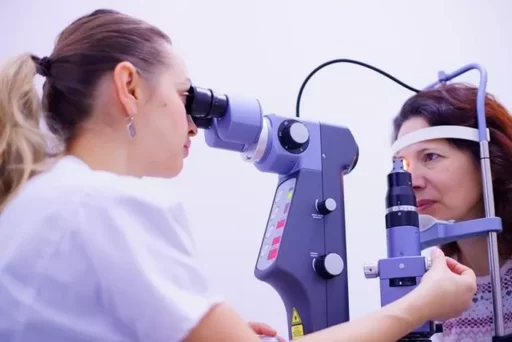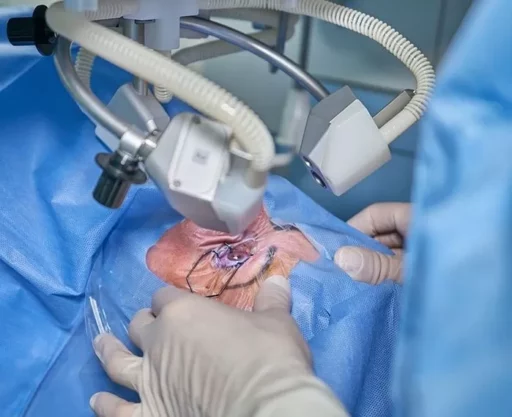Changes in Population Structure Lead to Significant Changes in Inpatient Disease Rankings… Elderly Cataracts Claim the Top Spot
The changes in population structure due to low birth rates and aging are having a clear impact on the healthcare landscape.
Just a decade ago, 'newborn births', which ranked first as the cause of hospitalization, has now dropped to fifth place, while 'elderly cataracts' has newly claimed the top position. The aging population is fundamentally altering the patterns of healthcare demand.

According to the frequent disease statistics announced by the Health Insurance Review and Assessment Service on the 8th, the most prevalent disease among health insurance inpatient patients last year was 'elderly cataracts.'
This ophthalmic condition, which causes vision blurriness as the lens in the eye ages, led to 337,270 hospitalizations, reflecting a 5.4% increase from the previous year.
Significant Decrease in Birth-Related Hospitalizations, Marked Increase in Age-Related Diseases
The most notable change is the sharp decline in birth-related hospitalizations.
'Surviving births by place of birth', which ranked first as the cause of hospitalization in 2014, plummeted from 373,597 to 207,398 last year, a decrease of 44.5%, dropping to fifth place.
This mirrors the reality of a decrease in the number of newborns from 430,000 in 2014 to 240,000 last year, nearly halving.

In contrast, elderly cataracts rose from third place (251,008 cases) in 2014 to first place. This change is directly related to the increase in the population aged 65 and older.
The diseases ranking second to fourth in hospitalization were 'pneumonia due to unspecified pathogens' (308,287 cases), 'other gastroenteritis and colitis of infectious and unspecified origin' (244,125 cases), and 'other intervertebral disc disorders' (220,212 cases).
Healthcare Costs Reflect Aging Population… Periodontal Disease is the Top Outpatient Diagnosis
The aging phenomenon is also clearly reflected in patterns of medical expenditure.
The disease with the highest healthcare costs in inpatient treatment was Alzheimer's disease, costing a staggering 1.8694 trillion KRW.
Following that were cerebral infarction, pneumonia due to unspecified pathogens, and knee osteoarthritis.

In the outpatient treatment sector, 'gingivitis and periodontal disease' ranked first for two consecutive years with 19.59 million cases. This was followed by acute bronchitis (17.6 million cases), vasomotor and allergic rhinitis (7.4 million cases), and essential hypertension (7.33 million cases).
Periodontal disease also recorded the highest costs in outpatient healthcare, reaffirming the importance of oral health for the public.
Image Sources: Reference photos for understanding the article / pixabay, Reference photos for understanding the article / gettyimagesbank


